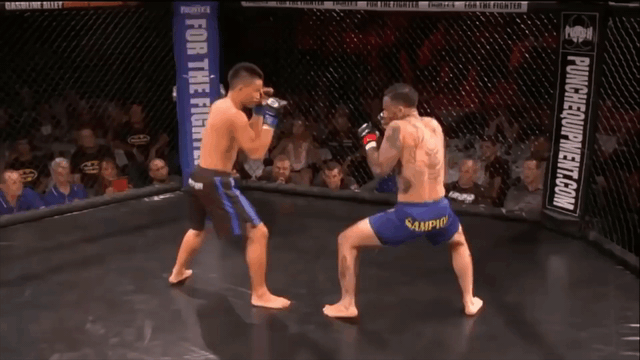IMO properly trained Wing Chun people don't really address "defense skill", they address the ability to implement the skills, concepts and structure of the system into a single reaction; or what is also known as a Wing Chun action.When talking about
- boxing, people will address offense skill such as jab, cross, hook, uppercut, overhand, ...
- TKD, people will address offense skill such as front kick, side kick, roundhouse kick, hook kick, ...
- Judo, people will address offense skill such as hip throw, leg lift, front cut, inner hook, ...
- WC, people will address defense skill such as Tan Shou, Fu Shou, Bong Shou, ...
Why?
We have had numerous discussions on this topic over the years. It seems like it typically comes down to how the mechanics of the system are understood. Shapes (Taan, Fuk, Bong, Pak, Jaam, Jut, Gaan, etc…) can either be superficially viewed as separate, stand-alone “blocks”; or shapes can be trained as parts of the same whole.
From my experience, Wing Chun is not about doing a certain technique or patented answer, it is about using primary shapes (mechanics) and concepts to direct the reactions and goals of the system; keep the reflex set simple, hit directly (chase center) with the vertical punch when the way is clear.
Two Wing Chun maxims that should be used as a training compass to help properly drive the goals and mechanics of the system are:
Lin Siu Daai Da 連消帶打 - It has been said that the science of Wing Chun is to attack the attack, defense and offense together into the same action.
Lat Sau Jik Chung 甩手直衝 - Lat Sau Jik Chung is the ability to attack instinctively the instant there is a gap in the opponent's defense. This is built by training the skill to respond automatically, regardless if we are consciously aware of the hole (weakness) in our attacker’s defense or not. This also aims to reduce reaction time and aids the goal of attacking and defending simultaneously (Lin Siu Daa Dai), reminding us that every action should result in a hit.



